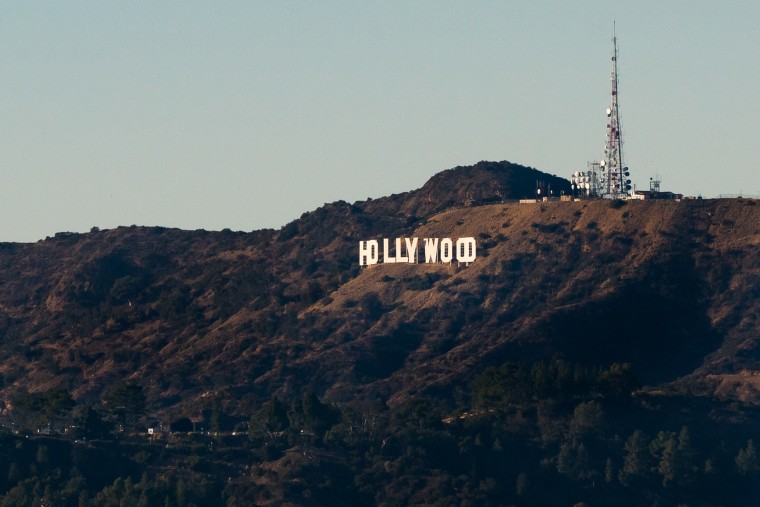The film and television industry could reap an additional $10 billion in annual revenues by addressing racial inequality on and off-screen, a new study found. Black-led stories, the study said, are significantly underfunded and often passed over, despite amassing higher returns than other projects.
The McKinsey & Company consulting firm analyzed data reports on thousands of movies and TV shows and interviewed dozens of Black writers, actors, directors, producers and agents on the obstacles they faced starting out and climbing the ladder in an industry that often silences and excludes them.
The study found that Black actors have very few opportunities — only 11 percent of main roles in films are played by Black talent. Even off-screen, 87 percent of TV executives and 92 percent of film executives are white, which the study authors pointed out is less diverse than even homogenous industries like finance. Black creatives told McKinsey that when they're leading projects, they often find the responsibility to provide opportunities for other nonwhite talent falls solely on them.
Closing the financial and opportunity gap for Black talent and putting more of their stories on screen would turn a profit, according to the study’s analysis of U.S.-produced box office, streaming services, cable and broadcast revenue. Scripted content brings in $148 billion annually, and improving representation and pay for Black talent would increase that number by 7 percent.
And demand for diverse casting is growing, the study said. Between 2017 and 2019, public interest in television shows with nonwhite casts more than doubled, according to a separate study cited by McKinsey. That study by the Creative Artists Agency and Parrot Analytics found that the demand for shows where at least 40 percent of the cast are people of color has grown by 112 percent in the last three years. But white management is not quick to encourage or accept unique stories featuring nonwhite actors, industry executives told the study authors.
When studios are "looking for Black content, they’re looking for Wakanda or poverty, with no in-between,” said one named Black executive quoted in the study.
The study comes after increasing efforts to feature more nonwhite talent on screen, pay them fairly and acknowledge their work as valuable. Last month, the Hollywood Foreign Press Association faced intense backlash after the hit independent film “Minari,” featuring a Korean American cast, was excluded from the best picture category and only represented in the foreign language film category, though it was set in Arkansas. The organization also received backlash this year for having no Black members. In 2015, the #OscarSoWhite hashtag trended on Twitter after the Academy Awards gave all 20 nominations for acting to white people. Since then, the hashtag has evolved into a movement for more racial inclusion in Hollywood.
The McKinsey study noted that things might have actually got more constrictive for Black creatives and productions in the last decade. According to the report, the share of films with Black talent significantly dropped after studios cut their output of films starting in 2008 and had still not fully recovered by the end of 2019.
“There was a massive contraction in the number of films produced, and the international box office — where studios believe it’s harder to ‘sell Black’ — was becoming increasingly important," one Black executive told McKinsey. "It felt natural that Black talent was the hardest hit as studios re-evaluated their slates.”

